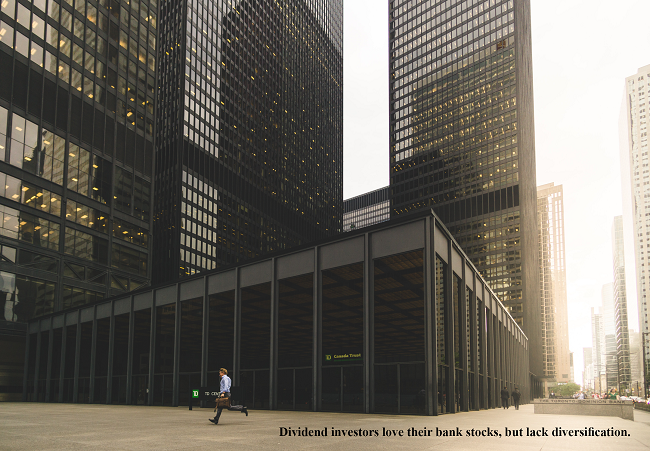
This article was first published in the National Post on June 5, 2021. It is being republished with permission.
by Tom Bradley
A common refrain from investors who have recently retired is: “Why can’t you simplify things and just send me one paycheque?” Instead of one deposit from their employer, their income is suddenly coming from multiple sources: Canada Pension Plan, Old Age Security, interest and dividends, fund distributions and pensions.
There are a lot of smart people working on this issue, but, unfortunately, it’s a retirement reality for the foreseeable future.
To simplify things a little, many Canadians have focused on investing in dividend stocks. Quarterly dividends are a neat and tidy way to replenish bank accounts, and we have some great blue-chip companies that provide a growing and tax-efficient income flow. These stocks have benefited from a growing economy, declining interest rates and rising stock markets.
The strategy has been so successful that many investors have become dividend disciples and will only own high-yielding Canadian stocks.
There are, however, some weaknesses to this approach, which are outlined in a recent Vanguard report, Total-return investing: A smart response to shrinking yields. The authors point out that yield-focused portfolios are not well diversified. This is certainly the case in Canada, where these portfolios tend to be heavily weighted in banks, utilities, pipelines and real estate investment trusts (REITs), sectors that are tightly linked to the domestic economy. The authors’ concern is that narrowly focused portfolios are prone to getting hit harder during market meltdowns and have more chance of suffering permanent capital loss.
On the latter point, a friend told me a story years ago that I will never forget. Her parents lived in Ireland and invested their savings exclusively in Irish banks and insurers. They lost virtually everything when the financial crisis hit in 2008.
I’m not saying this will happen in Canada, but yield-hungry investors are also in love with bank stocks, and, as the saying goes, “If you love everything you own, you’re not diversified.”
An alternative to the all-dividends-all-the-time strategy is referenced in the title of the Vanguard report. Total-return investing involves building a broadly diversified or balanced portfolio that holds different types of bonds and stocks, and is exposed to a range of industries, geographies and currencies. Returns come from three sources: interest, dividends and capital gains.
An equity-oriented balanced portfolio will have a similar return to an all-equity income portfolio, but with less short-term market risk and little chance of long-term capital loss.
The total return approach may be tough to swallow for someone steeped in dividend investing. If you’re in that camp, a shift of strategy may not be in the cards, but you can still do two things to improve your portfolio.
First, look for opportunities to diversify, and, second, make sure yield isn’t having too much influence on your investment choices.
Remember that yield is not a measure of valuation for stocks like it is for bonds. It can qualify a stock for your portfolio (i.e., a yield of at least 3%), but what you own has to be driven by value and diversification factors. The best long-term returns will come from a mix of businesses that are trading at or below what they’re worth.
For a retiree, extracting a paycheque is the easy part of investing. What’s hard is generating a reasonable return with a tolerable amount of risk. If you could pick between two portfolios, one that has a yield of 4% and a total return of 5%, or another that yields 2.5% and has a total return of 6%, you should generally choose the latter. Return is the priority over the convenience of a higher current yield.
Bank of Montreal’s ETF lineup provides a great example of how intoxicating yield can be. One of its popular products is the Equal Weight Banks Index ETF, which had a return of 10.3% for the 10 years ending April 30. Even more popular, however, is its sister fund, the Covered Call Canadian Banks ETF, which has garnered significantly more assets despite earning only 8.5% over the same period. Why, you ask? Well, its current yield is about two percentage points higher than ZEB, which for many investors is too hard to resist.
I don’t see that any firm, or approach, is going to meaningfully reduce the number of income sources for retired investors, which makes the focus on generating the best total return all the more important. Dividend stocks (and high-yielding bonds) can play a big role in that, but not to the point where diversification is compromised and value forsaken.
We're not a bank.
Which means we don't have to communicate like one (phew!). Sign up for our blog to get the straight goods on investing.

